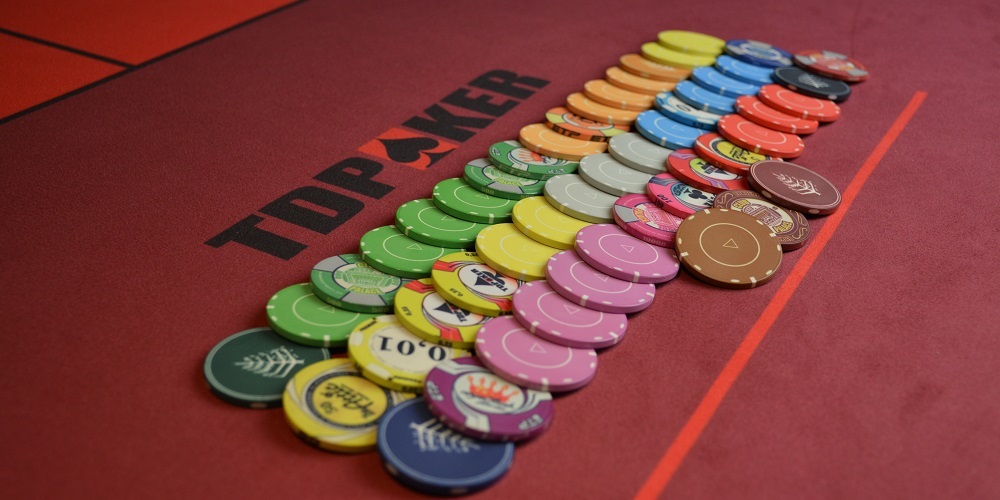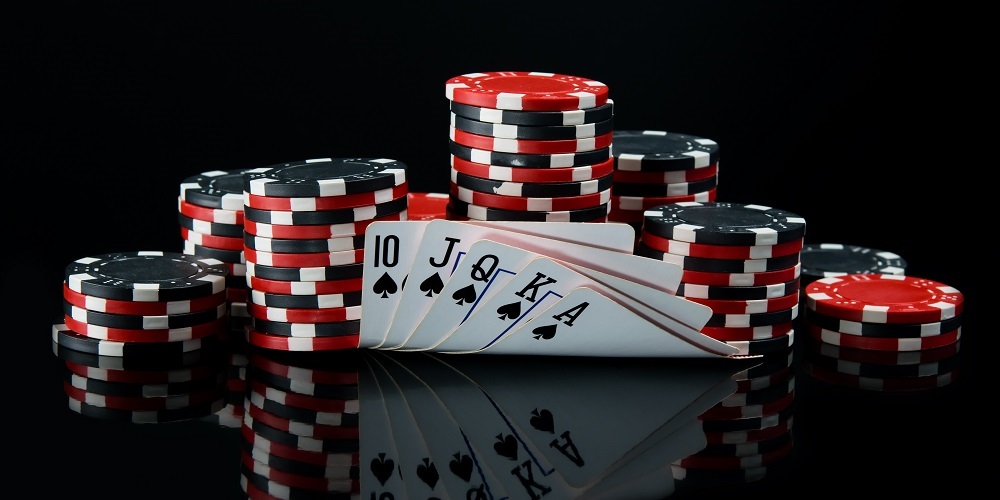We understand by side pots those parallel pots that are formed in poker. It is a concept related to shove or all-in, since this side pot is only formed after a player goes all-in.
When a player goes all-in, it is common for the rest of the participants to continue betting in parallel. Thus, what is called a side pot is created, since two streams of bets are generated.
Does this affect the calculations made during the game? Of course, it does. When calculating the plays, you have to take into account not only the size of the main pot, but also the size of the side pot. But let’s take a closer look at this.
What are side pots in poker

The shortest definition to understand it better is to say that a side pot in poker is a parallel pot that is generated when a player goes all-in and the rest bets in parallel. When a player goes all-in, one or more side pots can be generated. Usually, it is the players with the most chips who participate in these side pots, as they are the ones who can afford it.
Let’s look at an example of how a side pot is created in poker and how this affects the dynamics and strategy of the game.
We look at three players:
- Player 1. With AK. With few chips. He’s all-in with 25,000.
- Player 2. With KK. In the SMALL BLIND. He goes all-in for 170,000.
- Player 3. With QQ. In the BIG BLIND. With 75,000.
Player 3 does not need to cover the small blind to qualify for the hand. That means he can either fold or go all-in (with 75,000). If he were to go all-in, a side pot would be generated in this specific poker game. This side pot would be created with the amount that exceeds the amount that the player who goes all-in would have to cover the all-in. In this case, it would be Player 1, the BUTTON.
The rules are simple, as we see below.
Side pot rules in poker

Although it may seem that diversifying the pots is somewhat complicated, in reality a very organized hierarchy is followed as to who takes the win even in side pots. Let’s look again at the example above.
We would find a side pot because Player 3 goes all-in, and a side pot is generated because there is an amount left over from what the all-in covers. It is then played for two pots. The main pot would be won by the player with the best hand, as has always been the case in poker.
The crux is in the poker rules for winning the side pot, since the fact that it is the player with the highest hand who wins it is maintained, but without taking into account the absolute highest hand.
Does that affect the strategic level? Obviously, yes, because when playing with parallel pots a middle hand can have a lot of room. A priori, a mediocre preflop can lead to a hand good enough to opt for a side pot, hence it is also necessary to calculate a side pot when a side pot is generated in poker. You can go from being about to fold to a side pot with a very interesting total sum.
How to calculate side pots in poker

You have already seen how the appearance of a side pot in poker can open a whole new range of possibilities at a strategic level, but it is also important to know how to calculate a side pot. In poker it’s crucial to handle numbers with ease and you’re going to have to get used to adding one more segment to that head full of numbers and statistics.
Let’s imagine that Player 1 has 25 chips, Player 2 has 75, and Player 3 has 100. Applying the poker rules for a side pot, it would be established that:
- With 25 chips from each player, the main pot would consist of 75 chips.
- Player 2 would have 50 chips left.
- Player 3 is forced to match the bet with another 50 chips.
- Conclusion: a side pot of 100 chips has been generated.
- Player 3 will have 25 chips left over which will remain out of the pot.
Knowing how to calculate side pots in poker will allow us to manage with more ease the probabilities for each player. Based on this assumption, we can come to these conclusions:
- In the event that Player 1 has the best hand, he will take the main pot.
- That leaves the side pot in the hands of Player 2 and Player 3.
- If Player 2 has the best hand, he takes both the main pot and the side pot.
That is to say, in case the player who has caused the side pot is the one who has the absolute best hand, he will take both the main pot and the side pot. But if Player 1 (who has spoken with only one pot on the table) is the one who manages to tie the best hand, he will only take the main pot.

